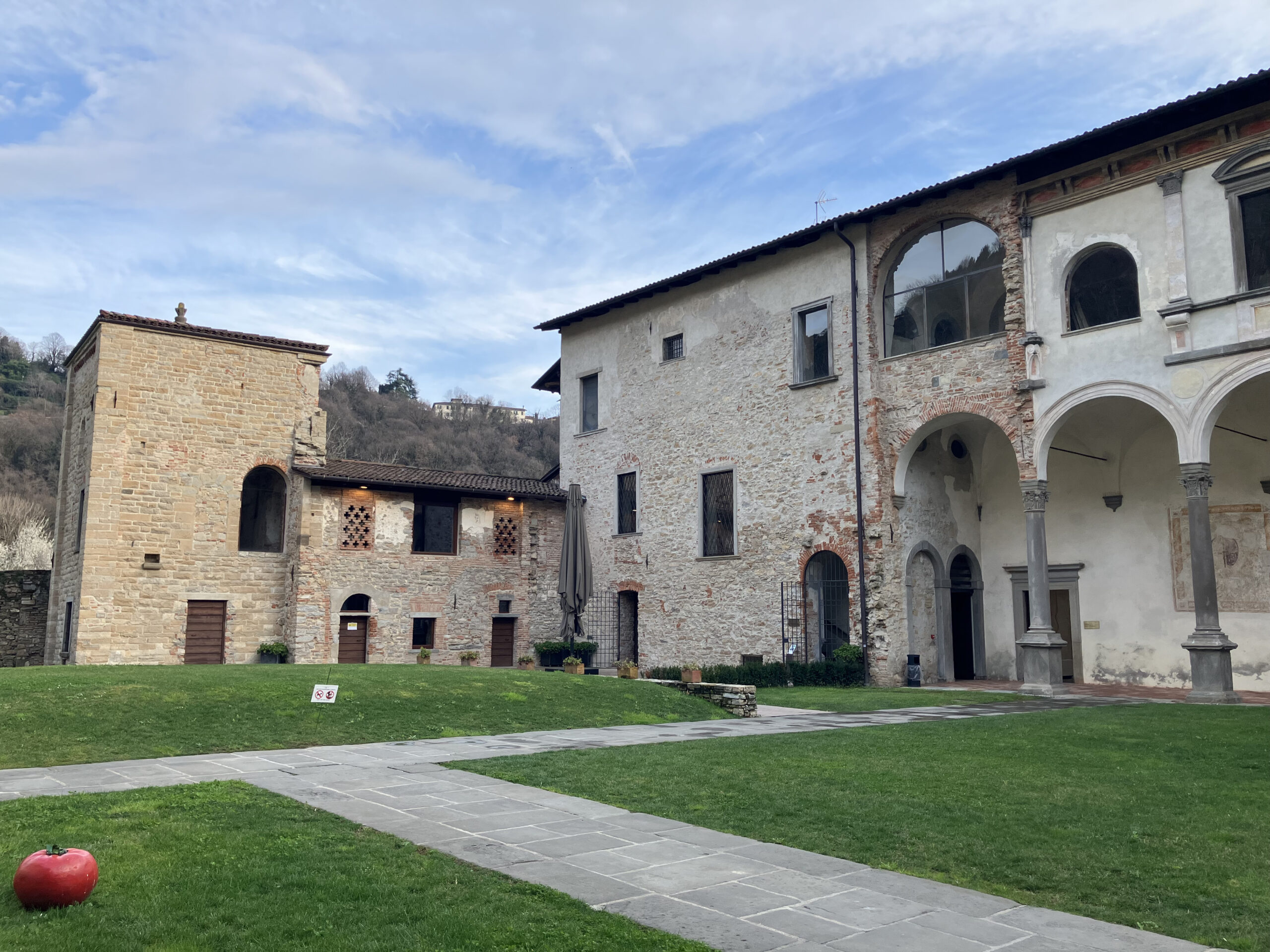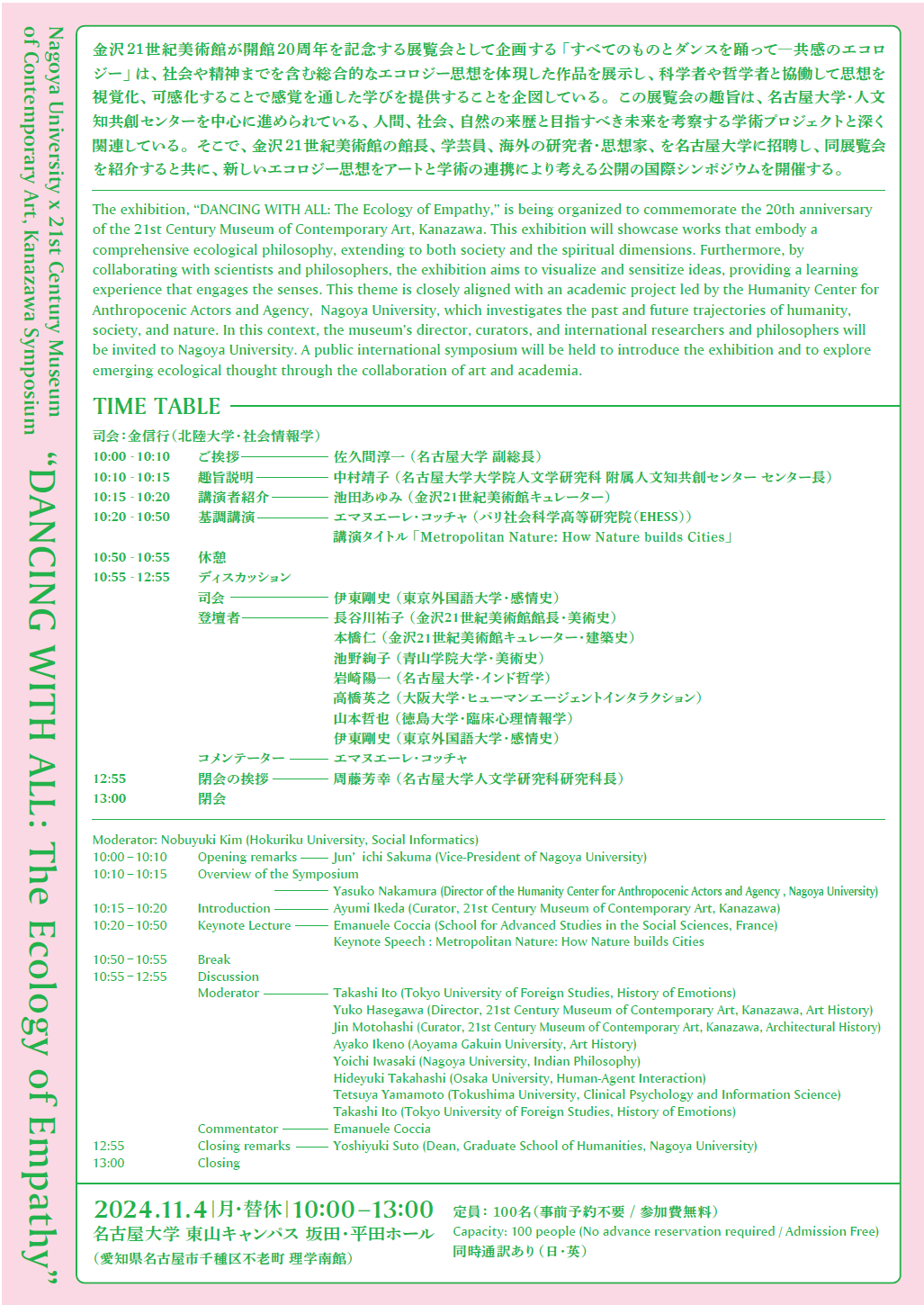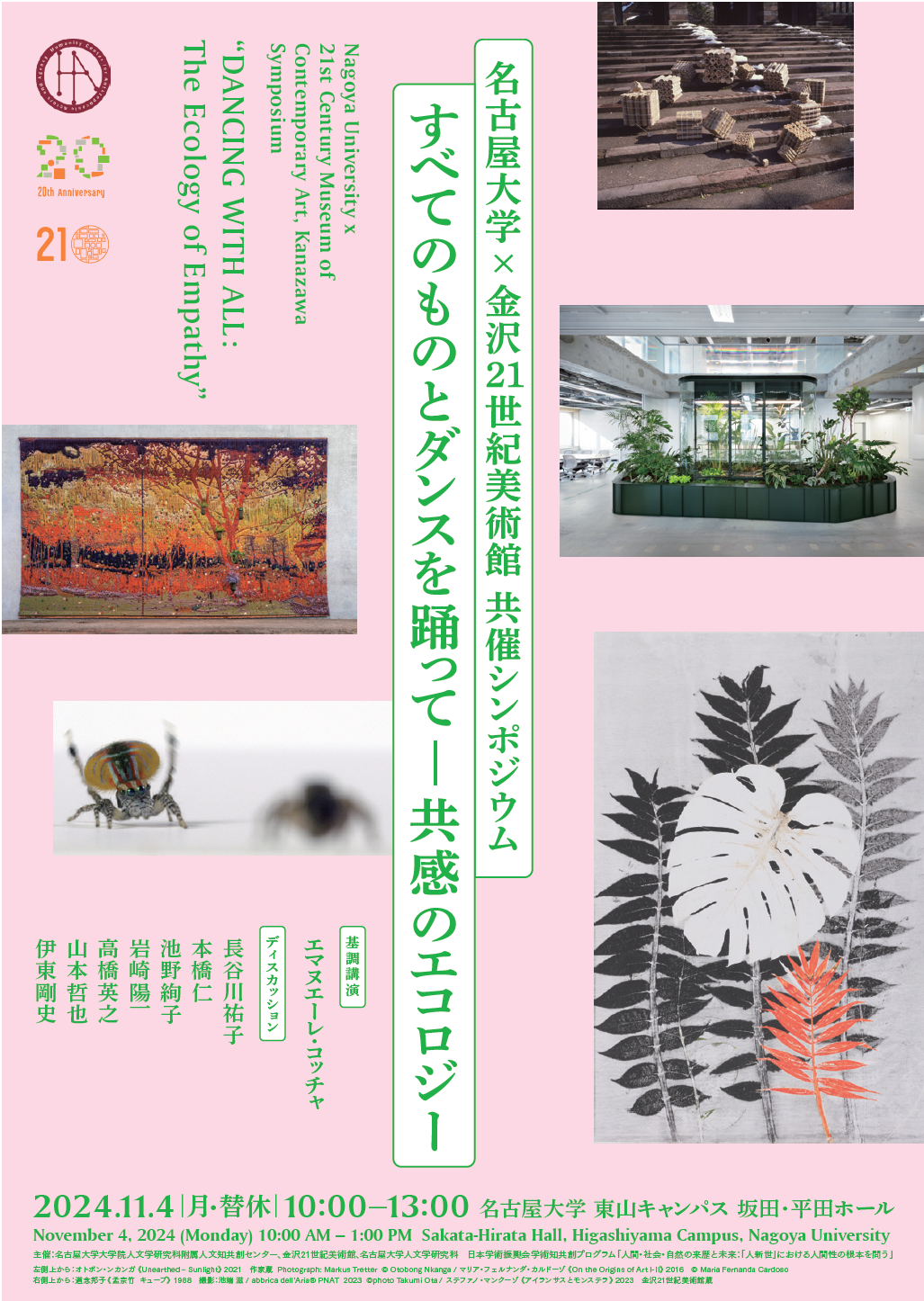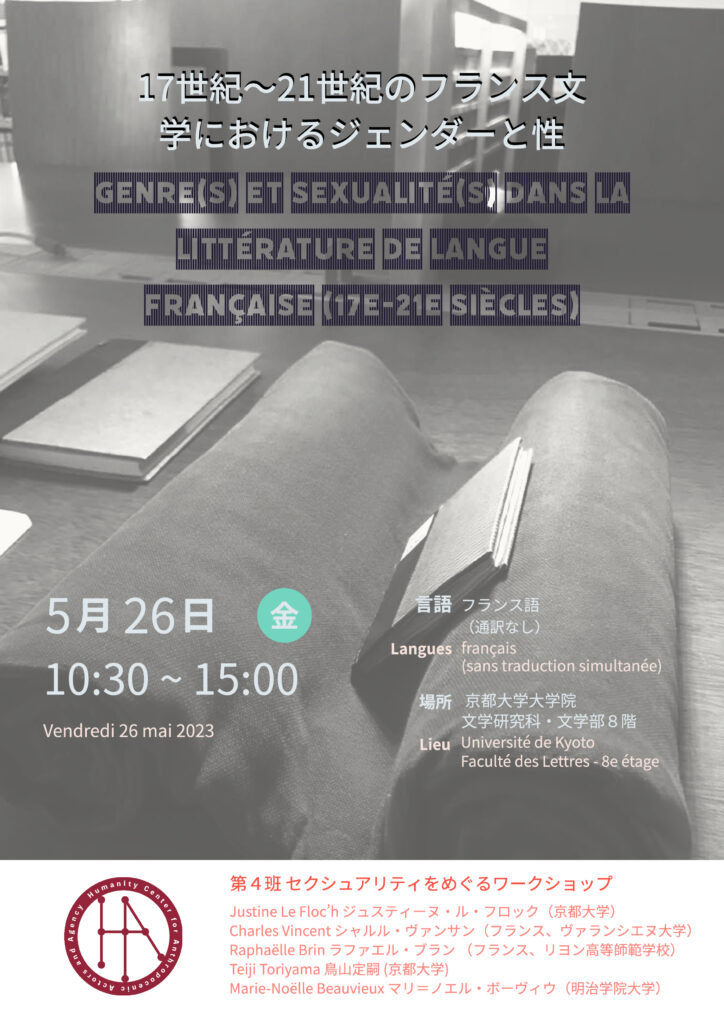In Session 3 of 7th General Research Meeting, we were honored to have Professor Emanuele Castano from the University of Florence, and the following is a report on his lecture.
【Beyond Genes and Parents: The Effects of Cultural Products on Human PsychologyーEmanuele Castano】
🌟Report
“What on earth is the other person thinking?”
We rely on every piece of information—words, expressions, gestures, and the context up to that point—to communicate and understand each other. This ability is essential for living in groups, and we gradually acquire it through various experiences. So, what specifically influences the development of this ability?
“Fiction is a gym for social cognition”
This research idea proposed by Professor Castano may offer one possible answer to that question. There are many forms of “fiction,” but let us focus on novels. Furthermore, we can divide novels into literary fiction and popular fiction.In empirical research, people who read literary fiction frequently demonstrated higher ability to infer others’ mental states compared to those who read popular fiction, through several tests including the “Reading the Mind in the Eyes Test.” In literary fiction, compared to popular fiction, there is a tendency to depict complex relationships between characters and provide detailed psychological portrayals of each character. While it certainly offers substantial reading value and may require a higher level of effort to read, it might serve as a “gym” for training one’s ability to infer others’ psychological states.
It’s important to note that this research does not judge the quality of literary fiction versus popular fiction. Popular fiction also plays a very important role in literature, as it creates empathy and comfort through its use of familiar expressions and standardized narrative structures.
(Authorship: Tatsuro Ayatsuka)
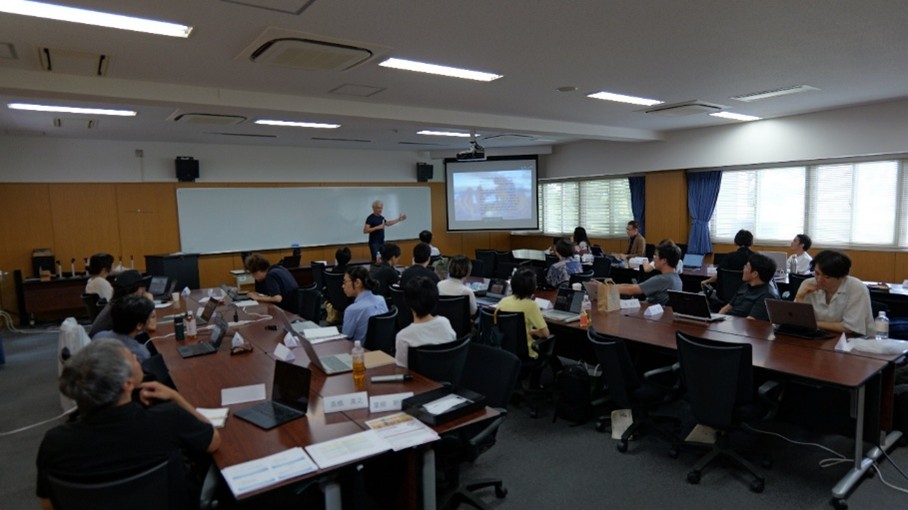
🌟Minutes
The lecture focused on the role of cultural products in shaping the human mind, alongside genetics and upbringing. He emphasized that cultural products influence not only “what we think” but also “how we think,” and in particular, the differing effects of literary fiction and popular fiction were discussed empirically through a comparative analysis.
The background is that human social cognition—the ability to understand others’ emotions and thought and interpret the social world—is essential for maintaining social life and cultural communities. Professor Castano proposed that cultural products can be distinguished as either Confirming or Challenging. He particularly noted that literary fiction possesses a “challenging” character and has the potential to promote social cognition. Conversely, he hypothesized that popular fiction has a “confirming” character and serves to provide readers with reassurance.
In experimental studies, participants were randomly assigned to reading groups such as literary fiction, popular fiction, and nonfiction, and evaluated comparatively using several tasks including the “Author Recognition Test” and social cognition tasks like the “Reading the Mind in the Eyes Test.” The results showed that participants reading literary fiction scored significantly higher in social cognition, particularly in the ability to infer others’ mental states (Theory of Mind). In contrast, no similar effect was observed for popular fiction, suggesting its primary role lies in providing entertainment and comfort. Furthermore, surveys conducted across multiple cultures confirmed that this tendency is universal.
In the discussion, it was emphasized that literary fiction stimulates readers’ “imagination,” prompting them to fill in narrative gaps and thereby fostering complex understanding of others. This enables readers to acquire diverse perspectives beyond mere empathy, developing their ability to comprehend intricate social situations. Conversely, it was argued that popular fiction generates empathy and reassurance through familiar expressions and formulaic narrative structures, but its effect on enhancing social cognition is limited.
This lecture demonstrated how cultural products affect the human mind differently through the comparison of literary fiction and popular fiction. Literary fiction possesses a challenging character and functions to cultivate empathy and complex social cognition. Conversely, popular fiction has a confirming character, contributing to the psychological stability of communities through comfort and entertainment. It was concluded that the two are not in opposition; instead, each plays a distinctive role in shaping the psychological foundations of human society.
(Authorship: Wanwan Zheng, Humanity Center for Anthropocenic Actors and Agency, Graduate School of Humanities, Nagoya University)
🌟Q&A session
Question 1 (Prof. Nakamura):
For example, in the first edition of Grimm’s Fairy Tales, descriptions such as “he did this” and “she did that” are found, focusing solely on actions, with no depiction of the thoughts behind the actions. In contrast, by the seventh edition published several decades later, additions were made to include psychological descriptions like “He thought this at that moment, so he…,” not only showing actions but also thoughts and mental states. Historically, the tendency to explain human actions became more common, especially from the late 18th century to the early 19th century. From a historical perspective, how do you view this shift from “showing” to “telling”?
Answer:
That is a very sharp and insightful question. I was not aware of such changes in Grimm’s Fairy Tales, so I do not have much to say specifically about this transformation. However, your question reminds me of an experiment conducted in the 1990s from the perspective of developmental psychology, which examined the effects of reading materials on children.
In this experiment, elementary school students read ten picture books for more than two months. Half of the participants read books that included words describing psychological states like thoughts and emotions, while the other half read booksin which such words had been removed. For example, in the book about the fox and the chicken, the chicken is drawn wandering around, unaware of the approaching fox. The original picture book contains expressions like “the chicken turned around and… thought.” However, in the adjusted version, words indicating psychological states, such as “thought,” are removed.
It has already been shown that children whose parents frequently use words expressing emotions tend to acquire such vocabulary earlier. Therefore, the researchers who conducted the experiment wanted to observe how the act of reading influences children’s (around five years old) acquisition of vocabulary related to psychological states. Interestingly, the group of children who read the original picture books showed improvement in their ability to recognize the meanings of words expressing emotions. On the other hand, the group of children who read books without words describing psychological states performed better on tests assessing thinking and problem-solving skills.
For picture books read by children around five or six years old, the distinction between literary fiction and popular fiction is meaningless. However, some elements, such as vocabulary expressing emotions, can be said to be common to both. For very young children, such vocabulary needs to be explicitly presented. Without input, children simply cannot acquire those words nor can they express themselves. However, once they reach a certain stage, it is also important to consciously withhold such vocabulary and allow children to recognize the association between emotions and corresponding words based on their own judgment. Therefore, I believe both the original and the versions in which emotional vocabulary is omitted, as used in the earlier experiment, are necessary for children from 0 to 8 years old.
Question 2(Prof. Nakamura):
Literary fiction not only has a complex structure but often expresses negative emotions, as shown in the figure introduced in your presentation. This can potentially increase the stress felt by readers. Therefore, while children around seven or eight years old may be reluctant to read so-called literary works, I believe that individual development is fundamentally necessary for children to want to read literary fiction.
Answer:
The concept I am envisioning is that a kind of parallel system is important when telling stories to children. As I briefly mentioned in the first question, children need to read both fiction that directly includes words representing psychological states and fiction that does not. The former helps children acquire the meanings of the words themselves, while the latter encourages them to actively identify the connection between words and emotions. Therefore, I cannot give a clear answer on whether children should first develop psychologically before starting to read literary works, or whether reading literature leads to their development.
Adults already possess the ability to read emotions, so they do not lose this skill without training by reading literary fiction ( of course, it may become less sharp). However, regarding children, literary fiction that does not directly depict psychological states and emotions certainly trains their ability to read emotions, but this only happens after they have acquired the basic vocabulary to express those emotions. Drawing from my personal parenting experience, it’s fine to read the exact same story to a young child many times. But as they grow , they quickly get bored with the same story. Stories aimed at three-year-olds are always predictable. Many teachers here will understand this if they recall their own experiences. When you change just a few words in the same story for a child around three years old, they get upset right away. “No, that’s not the story!” they’ll say. But once they pass a certain age, if the story’s progression is too flat or predictable, children quickly lose interest. In other words, they start seeking interpretive possibilities or freedom in the story. Of course, the demand for predictable stories hasn’t disappeared entirely, as they still offer confirmation of established concepts. But it is natural that a demand for freedom has emerged.
Among adults too, there are those who read only literary fiction and those who read only popular fiction. This difference could be seen as a choice between seeking certainty in a work or seeking uncertainty. Most adults have acquired the vocabulary to describe psychological states, and adults can practice reading emotions and judging their type without relying on the written word. For example, even in today’s lecture, my ability was being trained, as I had to observe your expressions to understand whether my explanations were clear. Therefore, literature and films are by no means the only ways to train the ability to identify emotions. However, for children, an opportunity to acquire this ability without feedback from incorrect answers is indeed reading, especially reading fairy tales unfolding in a protected environment. Even if they feel fear or sadness, those are events in the fictional world and have no impact on the real world.
Therefore, acquiring vocabulary that expresses psychological states and identifying or describing one’s own psychological states can be said to be somewhat contradictory. To use a gym analogy, no matter how much you do basic training, you won’t build muscle, but it is also impossible to skip basic training and jump straight into advanced workouts. Returning to the beginning, I argue that constructing a parallel system is something that should be kept in mind when having children read literature.
Question 1 (Assoc. Prof. Beauvieux):
Regarding the impact of literary works on readers’ cognitive capabilities, does the distinction between whether a work is based on fact or fictional have any relevance to the impact itself?
Answer:
In my view, there is no such connection. In this presentation, I emphasized the distinction between pure literature and popular literature because I would like to discuss the linguistic structure of the works and the differences in vocabulary and their effects. Whether the work itself is based on a true story does not affect these elements. However, if the structure or writing style of the work causes readers to make different judgments internally regarding whether it is based on a true story, it is necessary to examine which parts of the work produced such differing judgments.
Question 2 (Assoc. Prof. Beauvieux):
You mentioned in your lecture that “unpredictability” is one of the important indicators for distinguishing pure fiction from popular fiction. For example, when reading popular fiction from another country, it might be easily predictable for people from that country, but foreign readers, due to differences in cultural background, may sometimes feel that they cannot predict what comes next. In that case, can unpredictability be considered a valid criterion?
Answer:
To rephrase what you just said, for people belonging to each culture, there exist several narrative models specific to that culture. When reading stories based on models from other cultures (though I believe the differences are only partial), it becomes difficult to predict what will happen. Therefore, for me, the first step is to understand how different these two models are. For example, in my research, I ask participants to read fiction, but before measuring their emotional abilities, I first ask them to evaluate the characters. When conducting experiments to examine this issue, if non-Japanese participants (e.g., French) find it difficult to predict characters in literary fiction by Japanese authors, I separately collect data on whether Japanese readers give the same responses. The same characters might be predictable for Japanese readers, but this only shows us that “literary fiction” and “popular fiction” are merely labels. We must acknowledge both universal aspects and the existence of cultural exceptions.
Question 3 (Assoc. Prof. Beauvieux):
The first-person “I” in poetry becomes a more universal “I,” rather than an individual within a specific society or environment. Therefore, could reading poetry also serve as training in the ability to identify emotions? If it can, can we distinguish differences in effect between literary fiction and popular fiction?
Answer:
I once reviewed a paper written by a Japanese scholar, which was a study on haiku and Noh—a complex art form using masks to express exaggerated emotions. Poetry is a shorter, more expressive form that can better evoke anxiety and uncertainty. So, it can be considered to have effects similar to literary fiction. However, the time spent reading a single poem is so short that it is still unclear how much reading affects one’s ability to identify or express emotions. Furthermore, some poems clearly belong to popular fiction in terms of structure and vocabulary. In any case, I believe there are still some difficulties in handling poetry in experimental research.
Authorship: Yiqun Xiao, Graduate School of Human and Environmental Studies, Kyoto University

